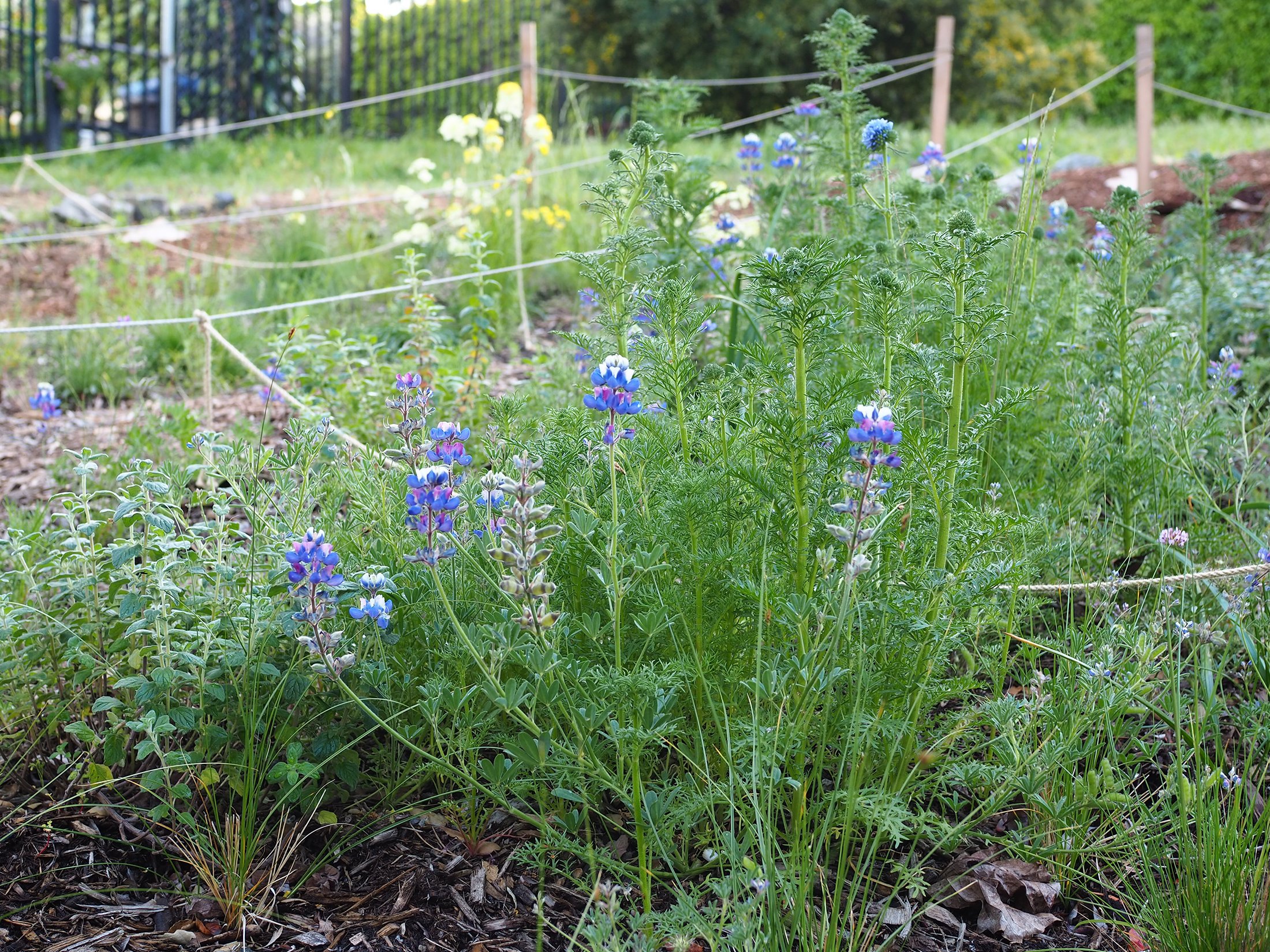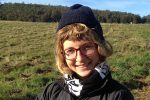

Contributor

As I can safely assume we all know, most plants come from seeds; something so simple and tiny, yet under the right conditions, packed with all the genetic information to reveal its grand potential.
What about us? At what point do we move from our germ of potential to become a flourishing productive being? An idea can also be sown, but like a sprout searching for the winter sun or an inexperienced gardener ignoring seasonal planting instructions, without proper nurturing and encouragement it will fail to thrive.
This is about how I felt in my own life during a period I sarcastically refer to as my “quarter-life crisis.” In 2012, I was 25 years old. I had recently graduated with an architecture degree and had landed a corporate job; yet I was completely dissatisfied with my contribution to society. I believe deeply in sustainable design, and I could no longer ignore that architecture and construction are among the top producers of waste, pollution, and greenhouse gas emissions.

Later that year, I attended Greenbuild 2012 in San Francisco, an annual international conference on sustainable design, where I saw a presentation on permaculture. I remember the speaker discussing the theories of David Holmgren, Bill Mollison, and Sepp Holzer. I learned about what was essentially a sustainable life system, driven by landscape design, with agriculture as the medium. I lit up with excitement—the kind of energy I had been lacking. My crisis mentality finally succumbed to purpose when I discovered that Geoff Lawton, a former student of Bill Mollison, headed the Permaculture Research Institute (PRI) in New South Wales, Australia, and was accepting “WWOOFers.”


WWOOF, an acronym for “Willing Workers on Organic Farms,” is a work-exchange network that exists in many countries. Participants receive an education, meals, and accommodations in exchange for working four to six hours per day on a farm. I had heard about WWOOF from some friends who participated in France a few years before, but had never considered the experience for myself.
Without action, an idea is just an idea, an inclination that might inspire for years, but remains vulnerable to doubt and criticism—even fear. As I think back on my decision to leave my job and go to WWOOF in Australia, my fears of becoming irrelevant in the workforce were balanced by the fact that travel is highly valued in Australia—I would say even endorsed—by their society. It’s called a gap year, and it usually occurs before university. I was just a bit of a late bloomer.

The idea was officially sown. I decided to go and study permaculture first hand. I spent about a year saving and planning before I quit my job and flew out on my adventure. Australia offers a one-year working-holiday visa for U.S. citizens between the ages of 18 and 30, which arrived electronically virtually overnight. I contacted the PRI, booked a hostel for my first night in Brisbane, and decided I would figure out a way to get to the farm upon arrival. I was nervous but remained positive. And I got lucky—one night at a campsite, I chatted with a family who had a daughter who was also named Heather and they gave me a ride directly to my first day of work.
Let’s get back into the metaphor of the plant life cycle—it’s a proven sequence. Once an idea sprouts, proper care and feeding are still required for a productive harvest. Research, lectures, reading, YouTube tutorials, and podcasts nurtured and helped my ideas emerge, but hands-on experience in the field was equally important. Having the chance to apply and execute new skills gave me very tangible experiences, and some especially unforgettable lessons on what not to do. For example, once I accidentally fenced myself into a paddock containing an extremely moody and intimidating pregnant sow named Dorris. Another time, I struck a hidden colony of (potentially) anaphylaxis-inducing Jack jumper ants while digging post holes. These creatures have an extremely painful sting and are rumored to be very loyal—picture a “no ant left behind” policy where the first ant you smash sets off a pheromonal signal for the others to attack.

WOOFing allows for these “in the field” opportunities without the risk of owning land or making a profit. I was fortunate to be able to make mistakes while observing farm management, preparing for and operating a market, constructing fences, managing propagation, and other tasks.
Among the organic farms I worked on, I found an emerging alternative community of young farmers in their 30s and 40s that was full of energy and good will. They keep in touch with their clients face-to-face at the weekly markets but also via social media. Perhaps because they are often quite isolated, these farmers put more effort into communicating and sharing ideas. I joined them at lectures on dung beetles, forest fire protection, and composting.

Once an idea sprouts and begins growing, thoughtful pruning is important to effectively direct your efforts and cut wasted energy and distractions. We often think of plants in terms of their usefulness to us, but what are our fruits that are worth harvesting, sharing, and seeding anew? Our contribution may not be as literal as owning a farm or creating a garden to feed friends and family. A meaningful harvest can appear in many forms. It may be a fresh meal from your land, or maybe it’s a job in nature preservation, or sustainable landscaping. But considering fresh ideas and perspectives, acquiring new skills, and making informed choices, are equally valuable. The harvest cannot possibly come all at once; like a hardy perennial, each year we become stronger, more resilient, even more sweet!


Browsing my photos and memories of this adventure, a few key themes and revelations come to light. What could have been a disappointing experience, or simply reduced to escapism, became an education shaped by an open perspective and the willingness to actively search for a positive outcome. Obviously, when I was alone and vulnerable in a new place, I had to be open to new friends and ideas in order to move forward, but it’s a lesson I try to carry with me daily.
My trip to PRI evolved into nearly 20 months of travel and work between the farming communities of Australia and New Zealand. Along the way, I had a three-month internship, and learned how to build a composting toilet and greenhouse. I met many friends, including my Italian fiancé. Together we are working on forming our experiences into knowledge that can be applied in Italy or California.

Now when I contemplate a vacation, I think about where there is a WWOOF network and what I will learn next. It’s an alternative education that can last a lifetime. I am still learning to be satisfied with my own purpose, but I’m confident that I will be growing in the right direction.

Share:
Social Media
Garden Futurist Podcast
Most Popular
Videos
Topics
Related Posts

January Showers Bring February flowers…
Fall 2022 It may not quite have the same ring to it as the old English proverb, but it has a lot more truth to

Healing Gardens
Spring 2022 Emily Murphy believes gardens hold the key to saving our health, our communities, and our planet. In her new book Grow Now Murphy

Your Keystone Plant Matrix with Garden Futurist Doug Tallamy
Spring 2022 Listen to the full Garden Futurist: Episode XIV podcast here. If you take Keystone plants out of your local food web, the food

A Botanical Force
Listening to Alice Doyle recount the origin stories of Log House Plants’ most popular introductions, educational campaigns, and innovative collections is a great way to










Responses